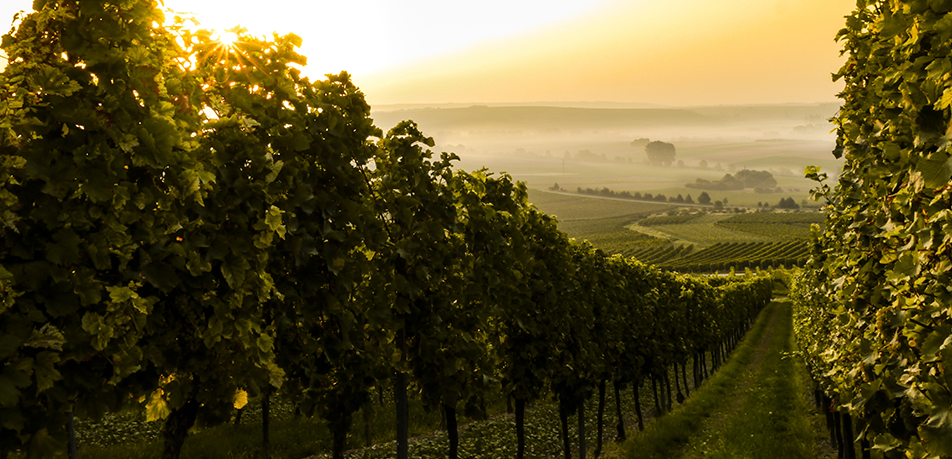THE NEW GEOGRAPHY OF WINE IN THE 21ST CENTURY

Winemakers and winegrowers around the Mediterranean have observed an increase in average annual temperature of one degree Celsius over the past forty years.
The climatic scenario of the future is unsettling at best for most countries with a long winemaking tradition; continuously rising temperatures and water stress mark the road ahead. There are two sides to this coin however, and the other foresees a new geography of wine, with new regions stepping into the spotlight that see certain advantages in global warming.
“The grapevine is a very temperature-sensitive plant. If the climate keeps getting warmer, the wine we make will be different.”
Miguel A. Torres
This means future wines may be significantly more alcoholic should grapes suddenly reach an elevated sugar concentration. They could also be susceptible to a certain imbalance in terms of acidity, which would accelerate their evolution.
Earth's Long-Term Warming Trend, 1880-2015 (NASA)
Countries and regions without a rich winemaking tradition and culture will see their landscapes transform and quite possibly their economic structure as well. In fact, this is already happening. The significant rise in the potential of higher-latitude wines and the growing number of hectares under vine in those countries are demonstrable realities. Historically cold-climate regions with over-abundant rainfall have lately experienced warmer and drier summers.
By 2017, England’s area under vine had doubled over the previous eight years to reach 2,330 hectares.¹
Then there is Tasmania (Australia's coldest region), which is turning the new climate reality into an opportunity to build its reputation. Prestigious winemakers are putting time and effort into producing elegant Pinots and different white Alsatian varieties like Riesling.
Yunnan province in southern China, on the border with Tibet, is home to vineyards at 3,000 meters above sea level, which could be described as the new frontier in the geography of wine. Europe provides other examples of winegrowers calling on these gateways to the sky.
“Winegrowing needs to adapt to new climatic circumstances, moving vineyards north in search of higher elevations and cooler temperatures. This is what we have been doing in Catalonia for the past 20 years. For example, we bought land at an elevation of 1,200 meters in the foothills of the Pyrenees. It isn't possible to grow grapes there yet, but we are convinced that in the future this new setting will provide an immense opportunity for certain varieties.”
Miguel A. Torres
It is a well-known fact that adapting to the new climate reality is the cornerstone of our winery's research and innovation projects. Therefore, more than a decade after launching Torres&Earth, Familia Torres now joins IRTA (Institute for Food and Agriculture Research and Technology) to introduce the Vitis Agrolab project with the goal of promoting innovation in viticulture and tackling climate change.
The project will be based at the family's experimental estate in Juneda, in the province of Lleida, and will test and validate new methods to help winegrowers become more sustainable and efficient. The project will carry out various studies to obtain results on yields and fruit quality based on different vine training systems, as well as on irrigation strategies using techniques modeled on precision viticulture.
As a family winery that takes the long view, we tackle this challenge through research and innovation—the essential pillars of our commitment to care for the environment and continue our legacy.
________________________________
¹Fuente:English Wine Producers
